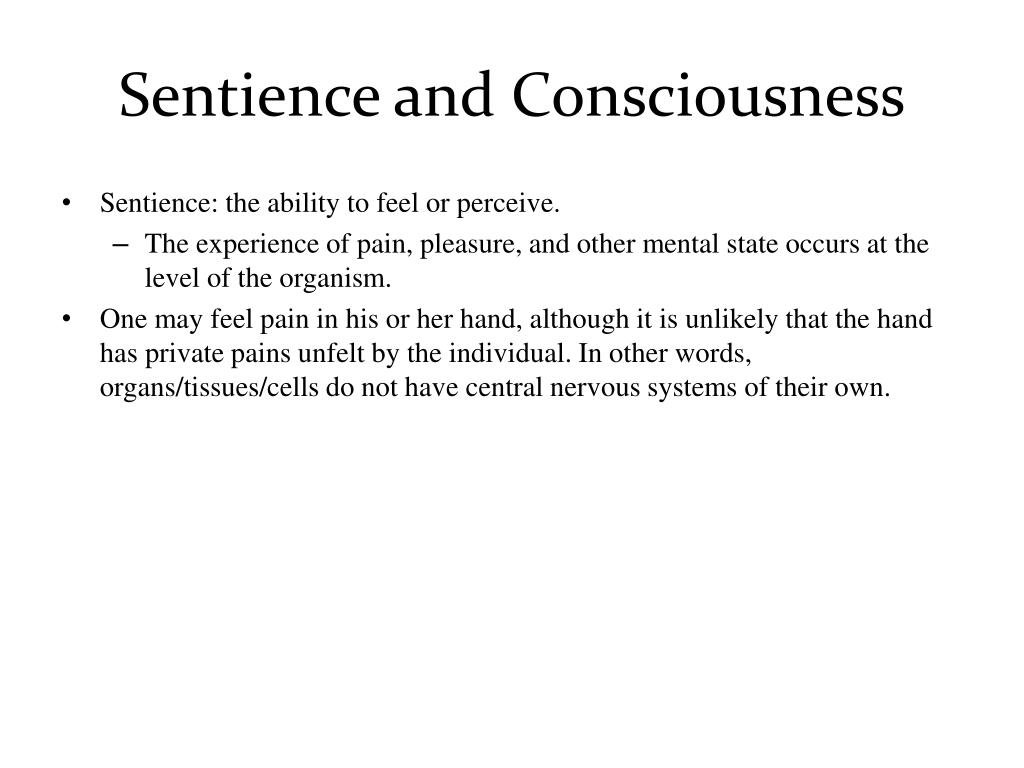

The University Press of Hawaii, 1975, page 78. ^ David Kalupahana, Causality: The Central Philosophy of Buddhism.

"Sentient beings" cited in Buswell, Robert E. Classification Įarly scriptures in the Pāli Canon and the conventions of the Tibetan Bhavacakra classify sentient beings into five categories-divinities, humans, animals, tormented spirits, and denizens of hell-although sometimes the classification adds another category of beings called asuras between divinities and humans. Less frequently, sentient beings as a class broadly encompasses all beings possessing consciousness, including Buddhas and Bodhisattvas. Translating various Sanskrit terms ( jantu, bahu jana, jagat, sattva), sentient beings conventionally refers to the mass of living things subject to illusion, suffering, and rebirth (Saṃsāra). Sentient beings is a term used to designate the totality of living, conscious beings that constitute the object and audience of Buddhist teaching. Getz (2004: p. 760) provides a generalist Western Buddhist encyclopedic definition: Those who greatly enlighten illusion are Buddhas those who are greatly deluded about enlightenment are sentient beings. However, Mahayana Buddhism simultaneously teaches that sentient beings also contain Buddha-nature-the intrinsic potential to transcend the conditions of saṃsāra and attain enlightenment, thereby obtaining Buddhahood. That is, sentient beings are characteristically not enlightened, and are thus confined to the death, rebirth, and dukkha (suffering) characteristic of saṃsāra. In the Samyutta Nikaya, the Buddha is recorded as saying that "just as the word 'chariot' exists on the basis of the aggregation of parts, even so the concept of 'being' exists when the five aggregates are available." While distinctions in usage and potential subdivisions or classes of sentient beings vary from one school, teacher, or thinker to another, it principally refers to beings in contrast with buddhahood. Sentient beings are composed of the five aggregates, or skandhas: matter, sensation, perception, mental formations and consciousness. In Buddhism, sentient beings are beings with consciousness, sentience, or in some contexts life itself. Buddhist monk protecting an injured sparrow.


 0 kommentar(er)
0 kommentar(er)
